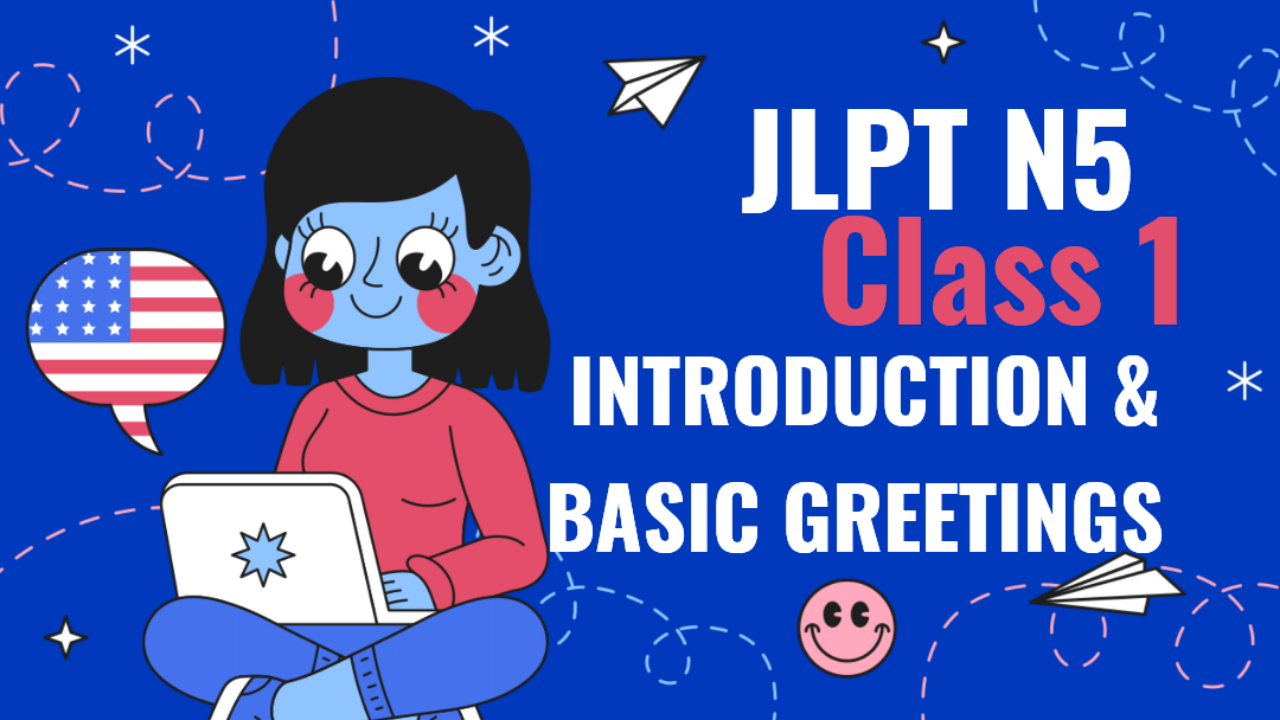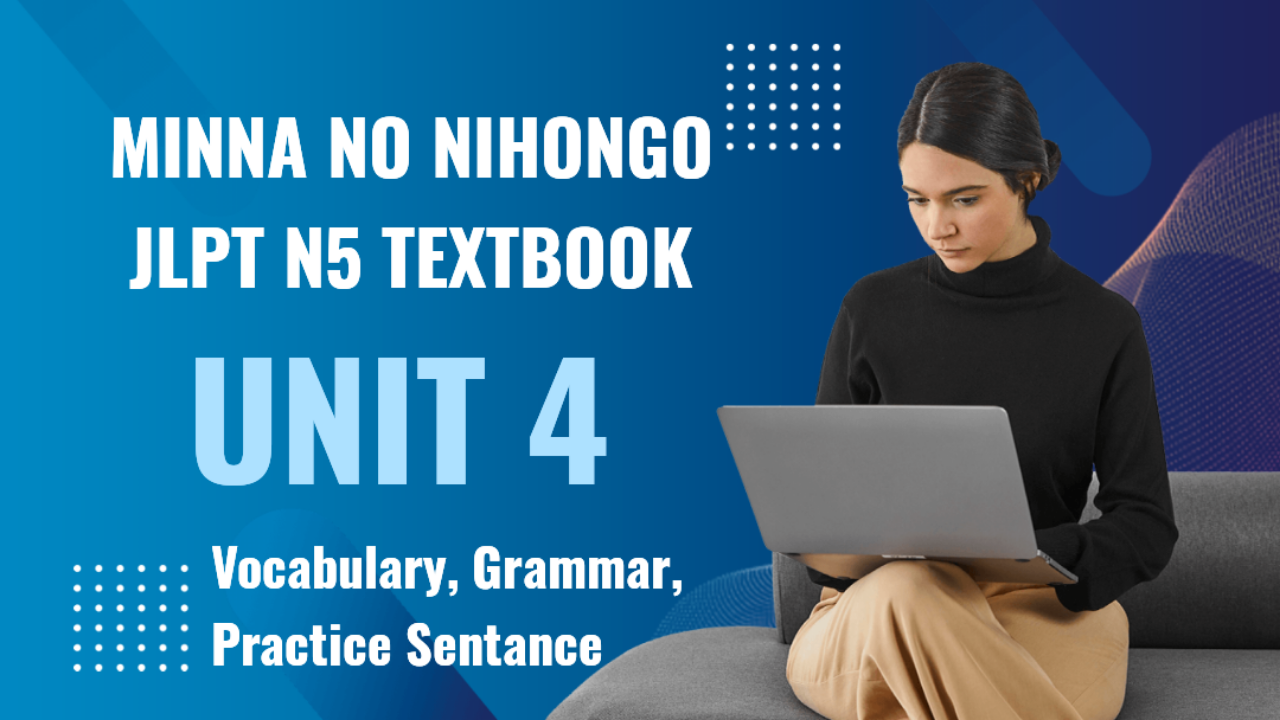MMPC-001: Management Functions and Organisational Processes
Unit 6: Decision Making
Unit 6 focuses on decision-making, an essential management function that involves selecting the best course of action from multiple alternatives. Effective decision-making ensures that the organization achieves its goals efficiently and responds to challenges and opportunities in a timely manner. Below are the main points covered in this unit.
1. Concept of Decision Making
- Definition: Decision-making is the process of choosing a specific course of action from among several alternatives. It is a continuous and dynamic activity that is central to all managerial functions.
- Characteristics:
- Goal-Oriented: Decision-making is driven by the objective to achieve organizational goals.
- Involves Choice: It requires selecting one option from many possible alternatives.
- Dynamic Process: Decisions are made in a changing environment and must adapt to new information and circumstances.
2. Importance of Decision Making
- Helps in Problem Solving: Decision-making allows managers to identify problems, evaluate solutions, and implement the best course of action to resolve issues.
- Contributes to Planning and Organizing: Effective decisions help in creating and implementing plans and organizing resources efficiently to meet objectives.
- Facilitates Adaptation to Change: Through decision-making, organizations can adapt to changes in the external environment, such as market trends, competition, or regulatory changes.
- Resource Allocation: Decision-making ensures that organizational resources are allocated efficiently and effectively, ensuring maximum productivity and goal achievement.
3. Types of Decisions
- Programmed Decisions: These are routine and repetitive decisions made in response to structured problems. They are guided by established rules, policies, and procedures.
- Non-Programmed Decisions: These are complex decisions made in response to unstructured, novel, or unique problems. They require creativity and judgment and are typically made by higher-level managers.
- Strategic Decisions: These long-term decisions focus on the overall direction and goals of the organization and are made by top management.
- Tactical Decisions: These are medium-term decisions that focus on specific functional areas or departments, typically made by middle management.
- Operational Decisions: Short-term decisions concerning day-to-day operations and routine activities, usually made by lower-level managers.
4. Decision-Making Process
- Identifying the Problem: The first step is to recognize and define the problem or opportunity that requires a decision. Clear problem identification is critical for effective decision-making.
- Analyzing the Problem: After identifying the problem, managers must gather relevant information, analyze the situation, and determine the underlying causes.
- Developing Alternatives: Once the problem is understood, managers need to generate a range of possible solutions or courses of action.
- Evaluating Alternatives: Each alternative is assessed in terms of feasibility, risks, costs, and potential benefits. This evaluation helps in comparing alternatives.
- Selecting the Best Alternative: Based on the evaluation, the most suitable option is chosen. The decision should align with organizational goals and available resources.
- Implementing the Decision: Once the decision is made, it must be put into action. This involves assigning responsibilities, allocating resources, and communicating the decision to those involved.
- Monitoring and Feedback: After implementation, managers need to monitor the outcomes and gather feedback to ensure that the decision is yielding the desired results. Adjustments may be necessary if the situation changes or if the decision is not effective.
5. Factors Influencing Decision Making
- Internal Factors: These include organizational goals, policies, resources, and culture. Internal factors shape the way decisions are made and implemented.
- External Factors: Economic conditions, market trends, legal and regulatory requirements, and technological advancements all influence decision-making.
- Managerial Experience: A manager’s knowledge, expertise, and past experience play a significant role in decision-making. Experienced managers can often make better decisions based on their understanding of similar situations.
- Risk and Uncertainty: Decision-making often involves uncertainty, and managers must assess the level of risk associated with each alternative before making a choice.
6. Decision-Making Models
- Rational Model: This model assumes that decision-makers are logical and make decisions systematically by following a structured process. The rational model emphasizes careful analysis and objective evaluation of alternatives.
- Bounded Rationality Model: This model recognizes that decision-makers have limitations in terms of information, time, and cognitive capacity. Managers often settle for a "satisficing" decision rather than an optimal one due to these constraints.
- Incremental Model: This model suggests that decisions are made through a series of small, incremental changes rather than major decisions. It is often used in complex, dynamic environments where making small adjustments over time is more feasible.
- Garbage Can Model: This model suggests that decision-making in organizations can be chaotic, with problems, solutions, and decision-makers interacting randomly. It often applies in situations with high uncertainty and ambiguity.
7. Decision-Making Techniques
- Cost-Benefit Analysis: A quantitative technique where managers compare the costs and benefits of each alternative. The option with the highest net benefit is selected.
- Break-Even Analysis: This technique helps in deciding the point at which total costs and total revenues are equal, allowing managers to determine the viability of a decision.
- Marginal Analysis: Involves comparing the additional benefits of an action with its additional costs to determine the best course of action.
- Group Decision-Making Techniques: Group decision-making can involve techniques like brainstorming, the nominal group technique, and the Delphi method, where multiple stakeholders collaborate to generate and evaluate alternatives.
8. Group Decision Making
-
Advantages:
- Diverse Perspectives: Group decisions benefit from the input of multiple individuals, bringing a variety of perspectives and ideas to the table.
- Increased Buy-In: Decisions made by a group are more likely to be accepted and supported by team members, leading to smoother implementation.
- Creativity and Innovation: Group discussions can stimulate creativity, leading to more innovative solutions to problems.
-
Disadvantages:
- Time-Consuming: Group decision-making can be slower than individual decision-making, especially if there are disagreements or if consensus is required.
- Risk of Groupthink: Groupthink occurs when the desire for unanimity overrides the need for critical thinking, leading to poor decision outcomes.
- Dominance of Strong Personalities: In some cases, a few individuals may dominate the group, suppressing the contributions of others.
Conclusion
Unit 6 explains that decision-making is a fundamental aspect of managerial responsibilities, involving a systematic process of selecting the best course of action to solve problems or capitalize on opportunities. The unit outlines the types of decisions, factors influencing decision-making, and the various models and techniques used in the process. It also explores group decision-making, highlighting both the benefits and challenges. Effective decision-making enables organizations to allocate resources efficiently, solve problems, and adapt to changing environments.





















